How Iran shattered Israeli deterrence and redefined rules of engagement
By Syed Jaleel Hussain
West Asia is one of the most unstable regions in the world. Contrary to Western propaganda, the Israeli regime’s military strategy and foolhardiness lie at the heart of this instability.
In other words, Israel is structurally incapable of restraint.
Due to the significantly small size of the territory it occupies, the Zionist entity does not have the strategic depth to absorb a large conventional attack without massive damage to its industrial, military and civilian infrastructure.
To imagine this in relative terms, the total size of the Israeli-occupied territory at about 22,000 square kilometers is smaller than northern Iran’s Mazandaran province. This is a massive difference. Despite the hi-tech nature of modern warfare, the Ukraine war has showcased the immense usefulness of territorial size and the strategic benefits that it can offer.
Conscious of this immense structural discrepancy, Israel has carefully maneuvered in a neighborhood that has not fully accepted its military occupation of the Palestinian territories. It has doctrinally adopted the strategy of escalation dominance.
That is, if any state resorts to attacking Israel or retaliates against its attacks, it is equipped and willing to climb the escalatory ladder very quickly.
This is deterrence through massive punishment and it has especially been the Israeli strategy since the 1967 war with the Arab states. Since then, Israel has used both preemptive and preventive measures to deter its adversaries.
Israeli military possesses some of the most destructive weapons in the region primarily because of the enormous economic assistance given by the US that has crossed $300 billion. None of the states allied to the United States have ever received anything close to this size of assistance.
Additionally, $500 million a year is slated for collaboration on various Israeli missile programs. The US government has also agreed to provide Israel with nearly $4 billion a year through 2028, with billions of dollars in supplementary funding for decimating Gaza.
This has helped it build a massive military-industrial complex and an oversized offensive capacity that aids it in frightening countries in the region with potentially high costs.
The Israeli military has not shied away from using its highly destabilizing strategy even when the nuclear infrastructure is involved. The clearest exposition of this strategy is the Begin doctrine which has its origins in the 1981 strike against Iraq's Osirak nuclear reactor.
Leader commends Iranian Armed Forces for military prowess in Operation True Promise pic.twitter.com/8X86S7MDab
— Press TV 🔻 (@PressTV) April 21, 2024
The strike was a success precisely because Iraq did not have the required firepower to engage and sustain an escalatory strike on Israel. Israel was sure to establish escalation dominance very quickly over Iraq, especially when Saddam Hussein was already on his way to invade Iran.
The recent Israeli attack on the Iranian consulate was no different. It was in line with its time-tested strategy of carrying out destabilizing strikes in the region without fear of any serious consequences. Israel may also have been testing the political will of Iranian leaders.
A potential retaliatory strike by Iran did not seem like a bad option for Benjamin Netanyahu. It would help divert international attention off his genocidal campaign in Gaza and bait Americans into overt backing and military involvement precipitating a regional war.
For the last two decades, Israel has been trying to goad America into a war with Iran in order to weaken its only real strategic threat in the region.
In the aftermath of the unprecedented attack on the Iranian consulate in Syria, the strategic aim of both was thus undeniably antipodal—Israelis craved a kneejerk reaction for a catastrophic escalation, and Iranians needed to plan a deterrent strike without its escalatory potential.
Much to the chagrin of Netanyahu’s warmongering cabinet, Iran masterfully achieved both.
For the first time since the illegitimate Israeli regime came into being, a state in the region has been able to showcase its offensive capabilities and the total vulnerability of Israel to its strikes with remarkable prowess, thus shattering the much-hyped Israeli deterrence and imposing costs on it.
This appears extremely frightening and frustrating for the West-backed regime in Tel Aviv.
Iran was well aware of the massive impact of its retaliation on the Israeli military’s psyche and the potential for escalation. Tehran understands that in its effort to reestablish deterrence and act on the defanged Begin doctrine, Israel may be tempted to attack the Iranian nuclear infrastructure.
In order to prevent that from happening, Iran has used a two-pronged strategy: firmly establishing its offensive capabilities and emphatically communicating its potential response to any adventurous mistake by Israelis.
“Mistake” is how the Leader of the Islamic Revolution Ayatollah Seyyed Ali Khamenei described the Israeli strike on the Iranian consulate in Damascus on April 1.
In order to minimize damage, Iran deliberately overlooked the most important element of military thinking—operational surprise. The aim was not to maximize damage but to bolster deterrence, redefine redlines and rewrite the rules of engagement with Israel.
Despite the massive help from its Western allies, the multiple successful hits, especially on the Nevatim base, were especially significant given that the base hosts the extremely expensive F-35s, the Israeli air force’s biggest asset, and is protected by the densest anti-missile defense in the world including the TPY-2 X-band radar, one of the ‘best and flawless’ American assets to detect ballistic missiles.
That is why the Nevatim hits have especially spooked Israeli and American strategists. This way, the first prong of Iran’s strategy was successfully achieved.
The second prong was related to clearly communicating the potential costs in case of crossing the newly defined redlines established by Tehran.
This was done by a senior IRGC commander by sternly warning about a revision in Iran’s established ‘nuclear doctrine and policies.’ This means two things.
First, Iran would not shy away from directly attacking Israel’s nuclear infrastructure. Iran’s decision to attack the Nevatim military base which is very close to the Negev Nuclear Research Center, the epicenter of Israel’s nuclear weapons production, has powerfully established that offensive capability.
Second, it may also mean Iran hinting at crossing its own redlines about nuclear weapons in case of potential nuclear blackmail by the Israeli regime and its Western backers.
Let’s not forget Iran has shown remarkable strategic restraint in the face of grave security threats from the West since 1979.
Many states that have faced such threats to their sovereignty and territorial integrity have built nuclear weapons for their security. This includes China in the 1960s, India and Pakistan in the 1990s, and North Korea in the early 2000s.
Iran has not followed suit with its top leadership rejecting the acquisition of nuclear weapons.
Instead, Iran has opted for the strategy of nuclear hedging that requires a state to master the technology without crossing the nuclear threshold. The IRGC statement has hinted that Iran may be willing to cross the threshold in case its nuclear infrastructure is attacked.
The bold retaliatory attack on April 14 has already highlighted the new assertive posture and the changed security calculus and risk appetite of Iranian leaders to define new redlines and the potential costs of crossing them.
Joe Biden’s immense pressure on Israel to refrain from crossing any of these redlines tells us that the US fully understands that Iran is not bluffing.
Syed Jaleel Hussain is a Professor at Nelson Mandela Centre for Peace & Conflict Resolution, Jamia Millia Islamia University, New Delhi.
(The views expressed in this article do not necessarily reflect those of Press TV)
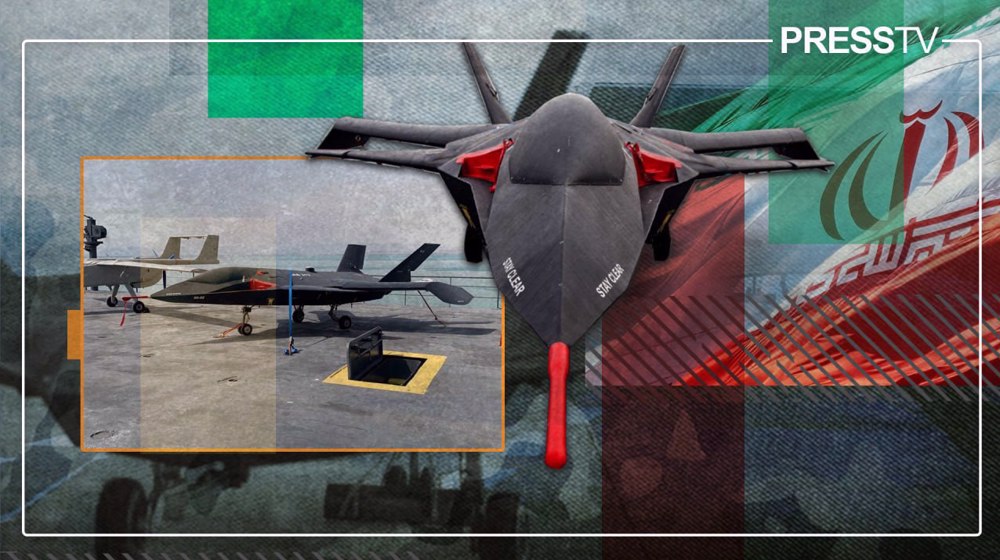
Explainer: How does carrier-based Jas-313 drone boost Iran’s naval capabilities?
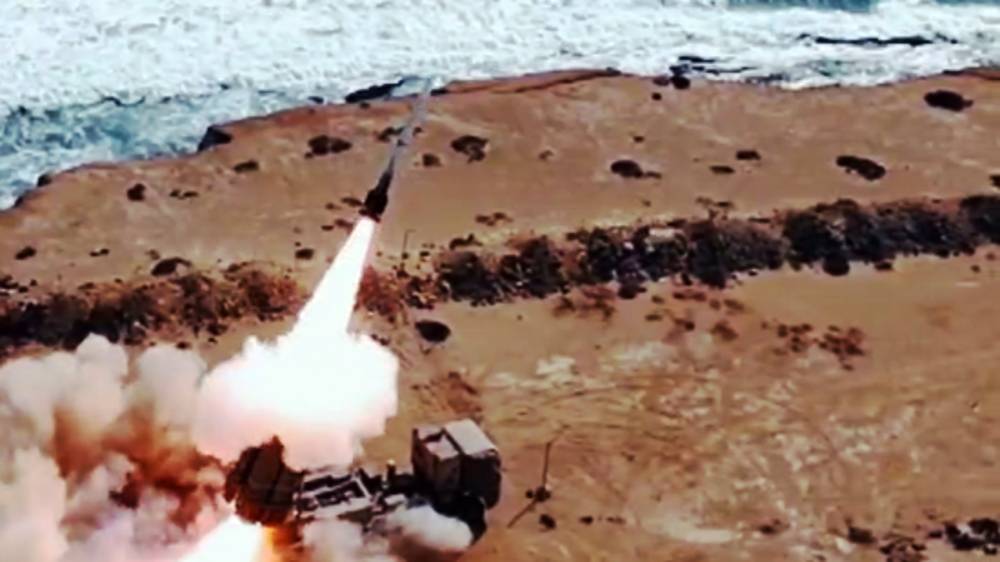
Iran Army conducts over 160 special operations during Zolfaqar 1403 maneuvers: Cmdr.

Iran releases 1st video of Israeli-linked ship seized last April
Iran envoy urges joint action with Afghanistan to resolve refugees issue
Columbia University students criticize brutality against pro-Palestinian protests
Why any post-war 'plan' for Gaza that ignores Hamas is doomed to fail
VIDEO | Public anger in South Korea as 15 civilians wounded in US war games
Sky News runs 'smear campaign' to ban Lebanese scholar in Australia
VIDEO | Press TV's news headlines
Yemen dismisses new designation by ‘terrorist US’, calls Gaza ‘paramount’
Columbia University students protest Naftali Bennett invitation


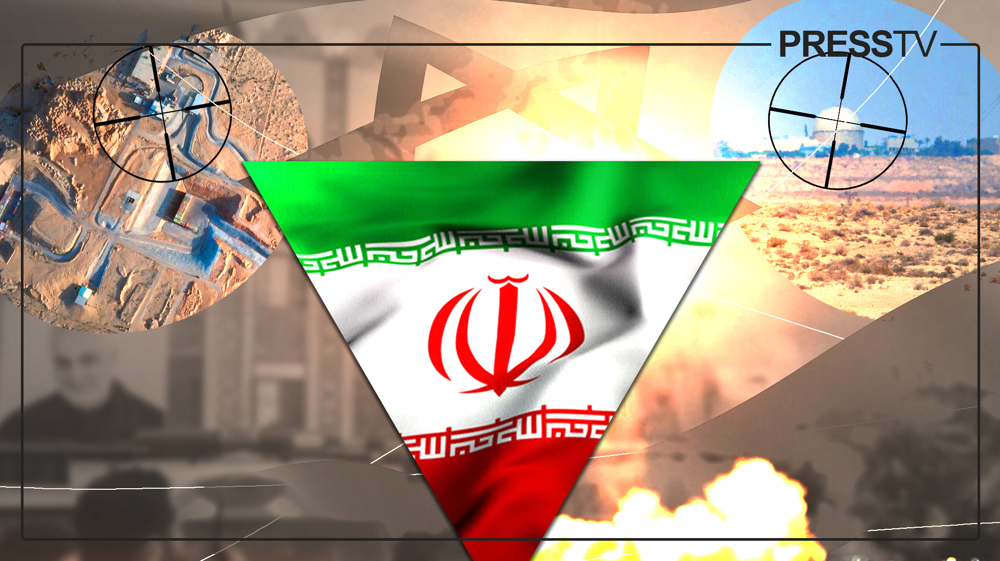
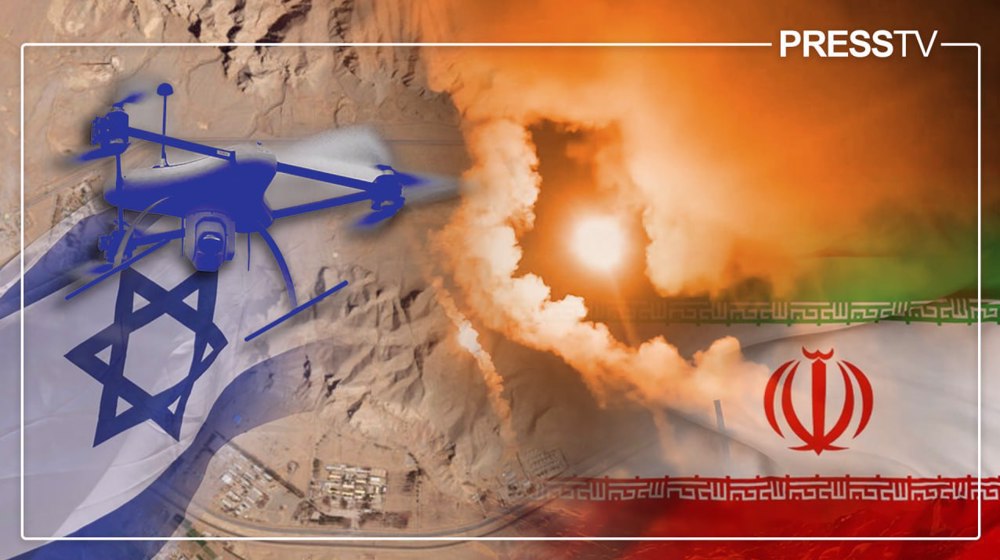




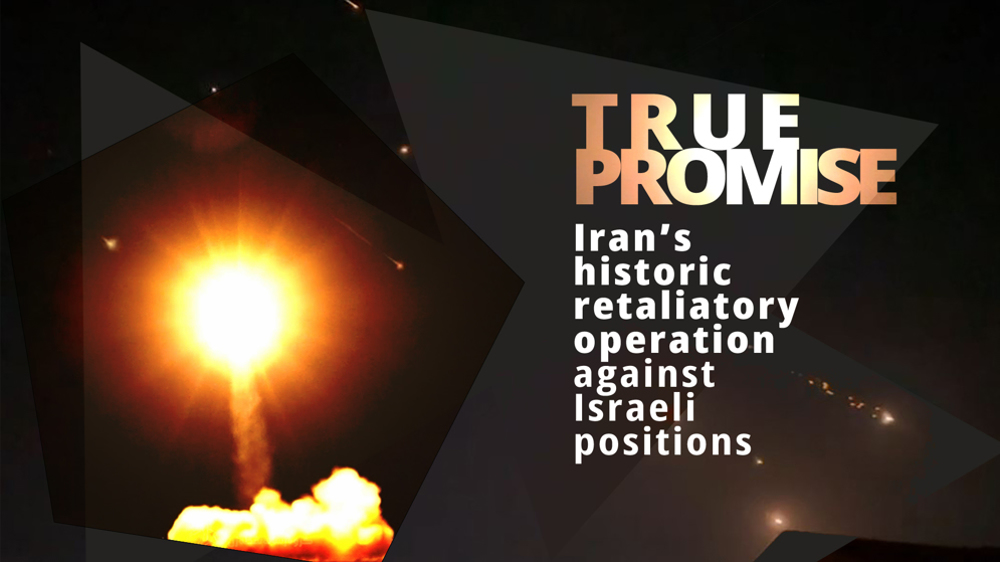


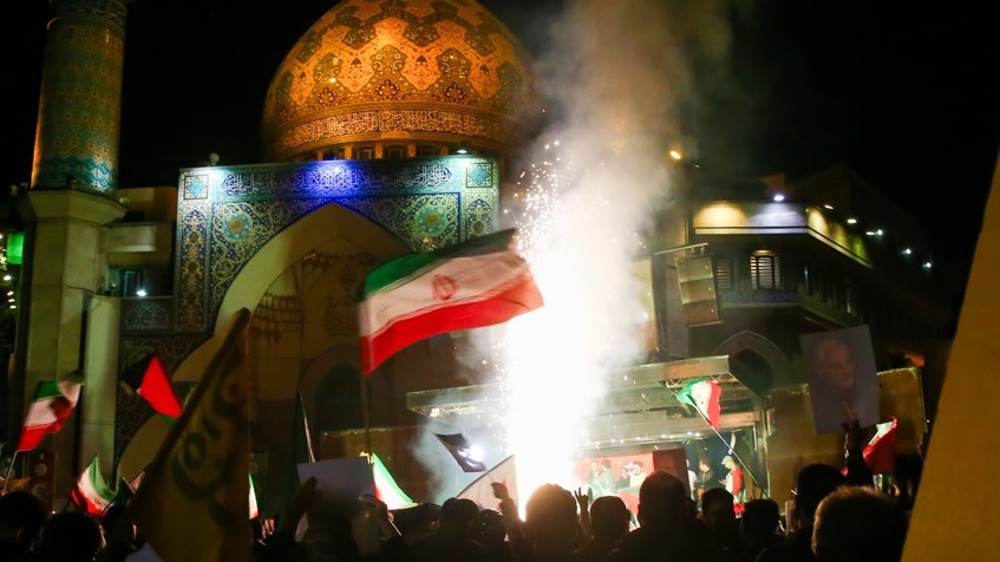

 This makes it easy to access the Press TV website
This makes it easy to access the Press TV website